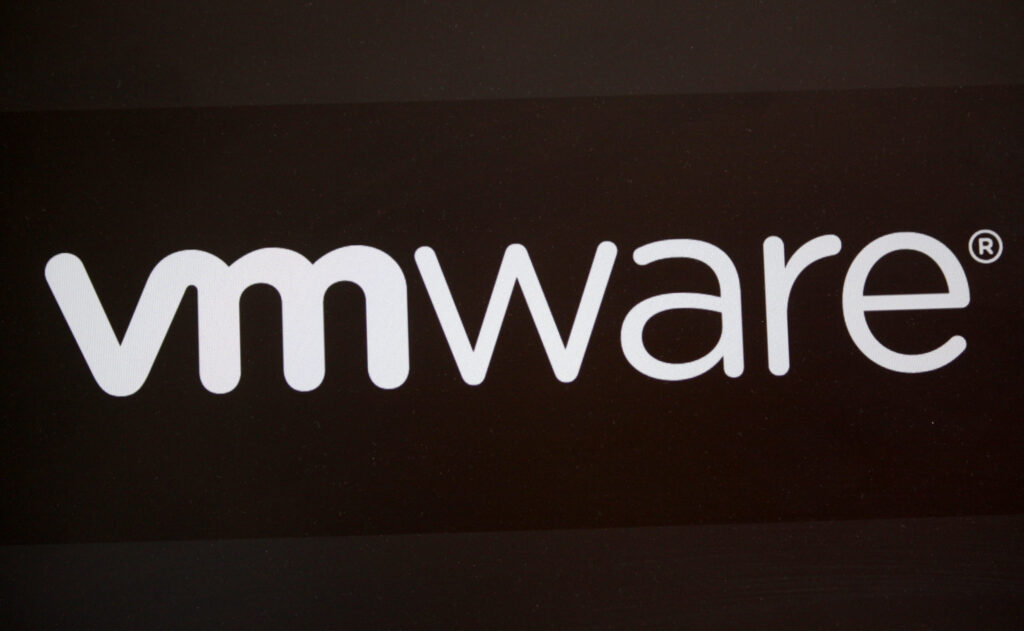Multiple vulnerabilities have been patched in a new update for VMware vRealize Log Insight last week, some of which can be chained into an attack that results in remote code execution on unpatched systems. VMware vRealize Log Insight is an administrative tool for log analysis and infrastructure management also known as VMware Aria Operations for Logs. Security researchers at Horizon3 Attack Team have found an exploit of three of these vulnerabilities in an attack chain that they have announced they will release the details of soon. Any unpatched VMware vRealize Log Insight systems should be upgraded as soon as possible, before these exploit details become public, so that they are not vulnerable to this attack.
The first vulnerability used in this chain is a critical severity flaw, tracked as CVE-2022-31704, with a CVSS base score of 9.8. This broken access control vulnerability can be exploited by an unauthenticated attacker, allowing them to inject code into operating system files, resulting in remote code execution. This can be chained with CVE-2022-31711, a medium severity flaw with a CVSS base score of 5.3. This step of the attack allows the remote, unauthenticated attacker to collect sensitive session and application information. Finally, another critical severity flaw CVE-2022-31706, with a CVSS base score of 9.8, can be used to inject files into the operating system, again facilitating further remote code execution.
These three security vulnerabilities have been patched in VMware vRealize Log Insight version 8.10.2, along with high severity flaw CVE-2022-31710, a denial-of-service vulnerability with a CVSS base score of 7.5. These four vulnerabilities have also been identified in the VMware Cloud Foundation for vRealize Log Insight, which has also been patched in version KB90668. Users should upgrade their affected VMware products by downloading the security updates before the details of this exploit become public, which is expected to be released online later this week.


















“We were very impressed with the service, I will say, the vulnerability found was one our previous organisation had not picked up, which does make you wonder if anything else was missed.”
Aim Ltd Chief Technology Officer (CTO)